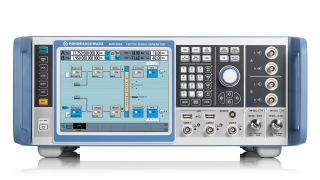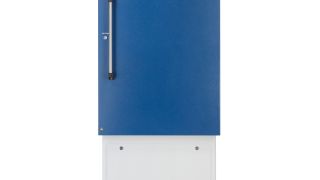Solutions for testing non-terrestrial networks
Transparent and regenerative NTN payload testing
A transparent satellite acts as a remote radio unit with the gateway, while the 5G NR base station (gNB) intelligence remains ground-based. This setup is commonly used for backhaul via the satellite network or temporary 5G networks, with the satellite serving as a repeater for the 5G signal.
In contrast, a satellite with a regenerative payload can host gNB functions, either fully or partially. The 5G base transceiver station can be split into a centralized unit (CU) and a distributed unit (DU), with different models supporting configurations such as incorporating both the DU and CU in the satellite or hosting DU functions in the satellite while the CU remains terrestrial-based.
Satellite payload testing has various aspects, such as:
- Group delay measurements to determine phase distortions and characterize the transmission path quality
- Characterization of satellite transponders with measurements such as gain compression, AM/AM, AM/PM and distortion NPR/ACLR
- Noise power ratio (NPR) measurements to test the linearity of an RF transponder and simulate a Gaussian noise-like distribution of a multi-channel communications payload
- Modulation accuracy and bit error rate (BER) measurements to verify the quality of satellite links during satellite integration and in-orbit operation
- Searching for spurious emissions
- Noise figure and gain measurements
Due to the interplay of NTN and terrestrial networks, NTN payload testing must account for the following:
- Stronger Doppler effect due to high satellite speeds
- Low signal-to-interference-plus-noise ratio (SINR)
- Combination of terrestrial and atmospheric fading profiles
- High crest factor in OFDM waveforms











